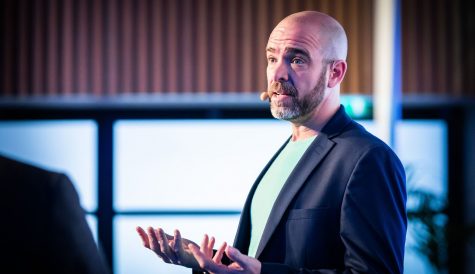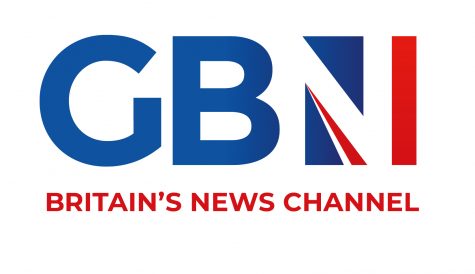
After more than 40 years of operation, DTVE is closing its doors and our website will no longer be updated daily. Thank you for all of your support.
FTTH for Digital Agenda “makes economic sense”
Deploying fibre-to-the-home to meet the EU’s Digital Agenda goals makes long term economic sense and western European countries – notably the UK and Italy – are falling behind in the deployment of FTTH and fibre-to-the-building networks, according to Nadia Babaali, communications director at the FTTH Council Europe.
Speaking at the SCTE Summer Lecture series event yesterday, Babaali said that the UK and Italy were lagging well behind other European countries. Lithuania is the European FTTH/B leader, with penetration of almost 30%. Norway, Sweden, Bulgaria, Slovenia, Latvia and Russia also score highly. In the UK, on the other hand, there were only 7,750 subscribers out of 400,000 homes passed, she said.
Babaali said that deploying fibre made long-term economic sense. She cited calculations that estimated that the total cost of meeting the EU Digital Agenda targets with fibre would be €192 billion, which she said was “half the figure we usually hear”. This figure moreover was based on the assumption that no FTTH had already been deployed. Babaali said that deploying alternative technologies would postpone the day when full fibre would have to be rolled out to accommodate applications that require high upload as well as download speeds.
Citing figures complied by Heavy Reading, she said that there were 10.379 million fibre-connected households in Europe at the end of last year. Heavy Reading predicts this will rise to 13.575 million at the end of this year and 32.088 million by 2016.
Babaali cited figures compiled by IDATE to show that there were 5.7 million FTTH/B subscribers in Europe at the end of last year compared with 4.5 million in Russia, 58 million in APAC and 9.7 million in North America.
According to IDATE, there are 300 FTTH/B projects currently deployed across Europe, with 13% provided by municipalities and utilities, 55% by alternative telcos and cable operators and 33% by incumbents.


